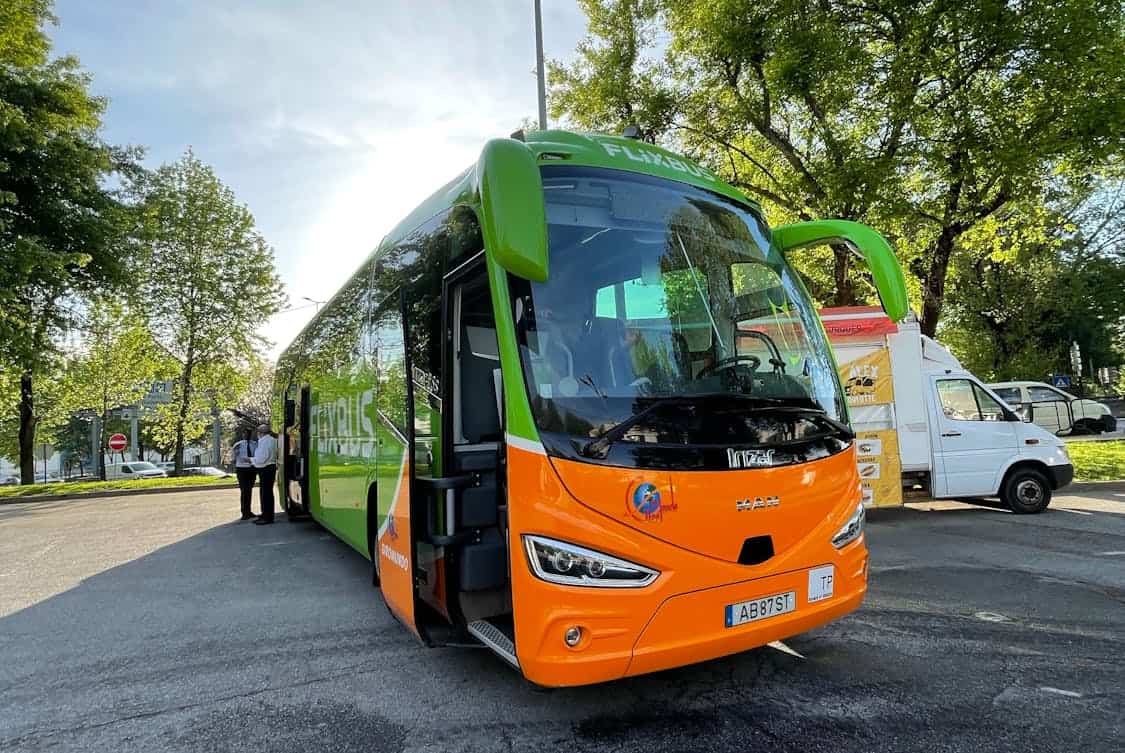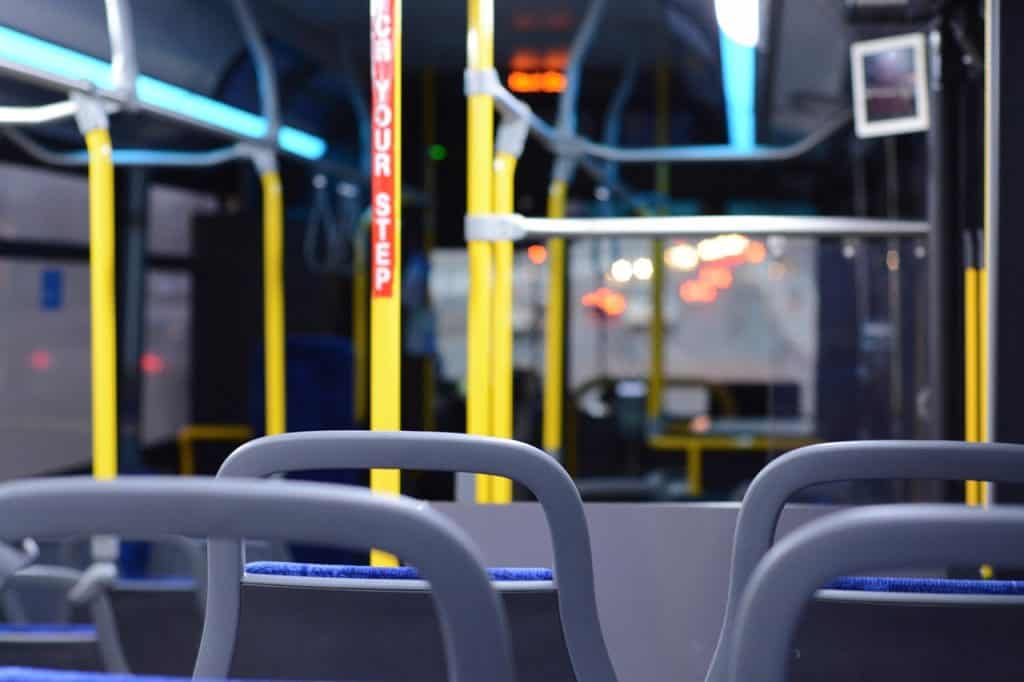Choosing a bus for a trip can be a simple switch that lowers your footprint and keeps more cash in your pocket. Picking a service that runs cleaner engines, fills seats efficiently, and runs on sensible schedules makes a real difference for the air you breathe and the streets you share.
Small habits add up, so learning a few practical signals about routes, vehicles, and operators helps the planet and makes the ride more pleasant. Mix of research and local knowledge tends to pay off when you want transport that is gentle on the environment and fits into real life.
Why Bus Travel Can Be Greener
A single full bus can replace many private cars and shrink per person emissions in a single stroke, so density matters. Mass transport often runs on diesel now while cleaner options expand, which creates a sliding scale of impact across providers.
Community planners and transport firms test cleaner fuel types in some regions and rates shift as fleets renew. The net effect for an urban run or an intercity hop depends on how many seats are filled and how modern the vehicles are.
Fuel Types And Emissions
Diesel remains common but natural gas, hybrid, and electric models are spreading faster than before and they cut tailpipe smoke. Electric buses produce zero emissions at the point where they roll, though power generation still shapes the overall carbon math.
Hybrid systems combine an internal engine with electric assistance and can drop fuel use on stop and go routes. Travelers looking for reliable and eco-friendly options often choose the salt lake to st george shuttle for a cleaner, direct ride.
Choose Operators With Green Practices

Some carriers publish sustainability data and act on routine checks to keep engines tuned and tires at the right pressure to save fuel. Look for firms that plan schedules to keep occupancy high because full seats dilute per person impact and make routes worth the fuel.
Staff training on efficient driving and maintenance logs can be a subtle sign that a company cares for efficiency. When a provider invests in cleaner fleet tech or in pilot projects for new fuels, the service often reflects a long term view rather than a quick buck approach.
Pick The Right Service For Distance
Short hops inside a city favor frequent local buses that avoid long idling on traffic clogged streets and link well with bikes and rail. For midrange trips, overnight or express coaches that keep steady highway speeds can use less fuel per mile than a slow stop heavy service.
For long legs, a bus that offers direct nonstop travel avoids extra acceleration and braking which chews up fuel. Match route style to distance and you will often save energy and time.
Seat Selection And Load Efficiency
A compact habit such as choosing a seat near the center of a nearly full coach can help operators plan future runs with better loading forecasts and fewer empty runs. Full coaches beat half empty ones on energy per passenger and on cost recovery, which makes sustainable options more viable for operators.
If a trip tends to run quiet, picking a service that pools demand or runs at peak times helps keep seats full. When travelers make small shifts toward full runs, networks adapt and waste drops.
Timing And Frequency Matter
Peak time buses can carry many riders and lower per head emissions, while off peak runs might have far fewer riders and therefore higher per rider impact. Frequency that matches demand reduces the urge to choose a private ride and keeps more people on public transport lines.
Seasonal patterns can change which service is best for a given route, so a quick check of timetables and likely crowding pays dividends. Aligning your schedule with high occupancy services supports lower impact travel without a lot of hassle.
Ticketing And Digital Options
Paperless tickets cut material waste and speed boarding which reduces idle time while doors stay open and engines idle on the curb. Mobile apps or smart cards let carriers forecast demand and smooth capacity in ways that paper systems cannot, which supports load efficiency.
Booking in advance sometimes groups riders on a single coach and keeps extra runs from being scheduled at short notice. When a firm uses clear digital reporting it often signals they care about data that leads to smarter runs.
Combine Bus With Other Low Carbon Modes
A bus paired with a rented or shared bike for the last mile often beats the private car for time and stress while slashing emissions. Park and ride schemes let a longer car leg shrink into a short link and a long clean ride, which can make sense for sparsely served areas.
Seamless ticketing that ties buses to trams or trains can cut waiting time and encourage multi modal trips that stay light on fuel. Look at timetables and hub links and imagine the whole chain rather than a single hop.
Support Local Routes And Community Lines
Smaller community lines often serve key local needs and keep cars off narrow streets, which is doubly good for local air and for social access. Using these routes helps operators justify continued funding and prevents closures that push people back to private cars.
When users show up and vote with fares, local planners look at patterns and plan routes that serve everyday trips and not only headline connections. A vibrant local route network keeps neighborhoods connected and makes low impact travel practical.
Track And Offset Your Trip
Some carriers offer emissions tracking on receipts and will let passengers see the relative impact of a chosen service, which turns a single booking into a teachable moment. When direct reductions are hard to reach, voluntary offset programs that fund tree planting or verified clean energy projects can shrink net impact at a cost that is often modest.
Pick offsets that follow standard verification and that fund projects with clear local benefits to avoid unintended side effects. Keeping a personal log of trips helps spot habits and prompts small course corrections that add up over weeks and months.


